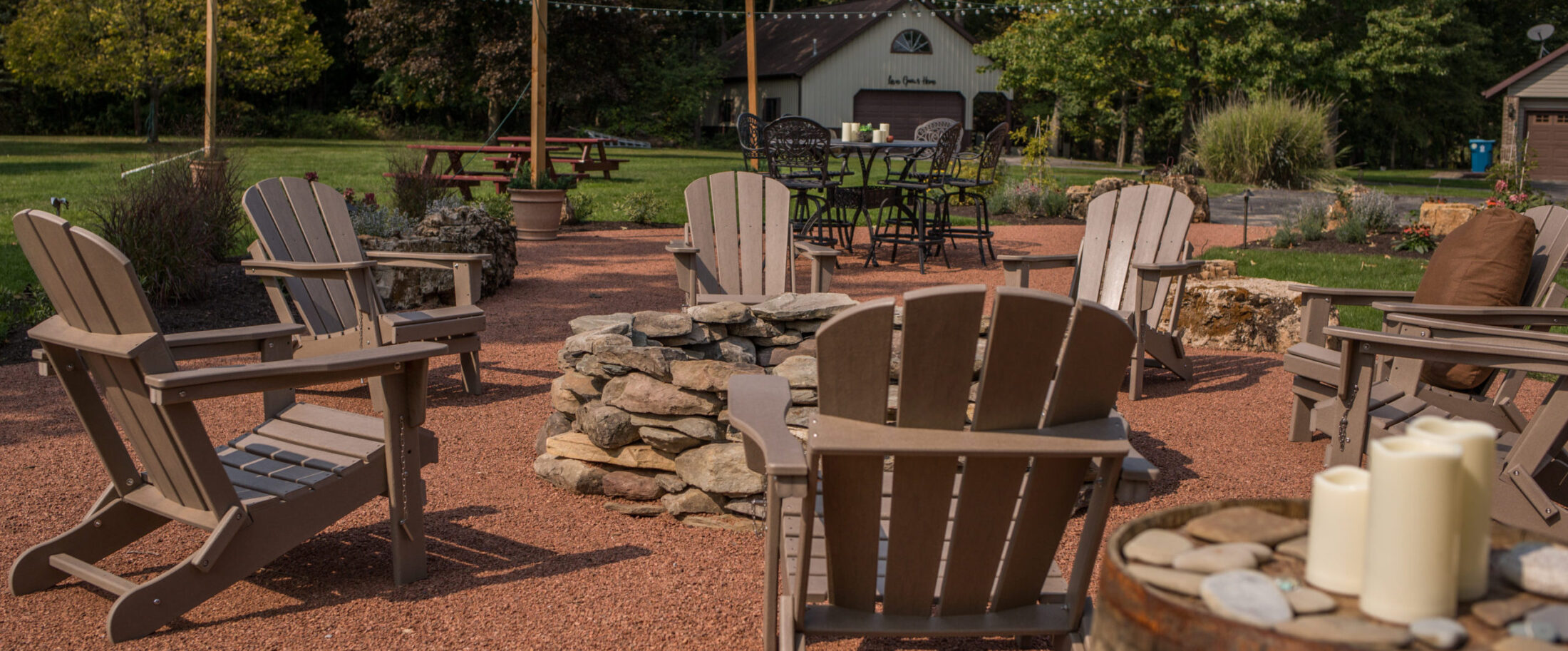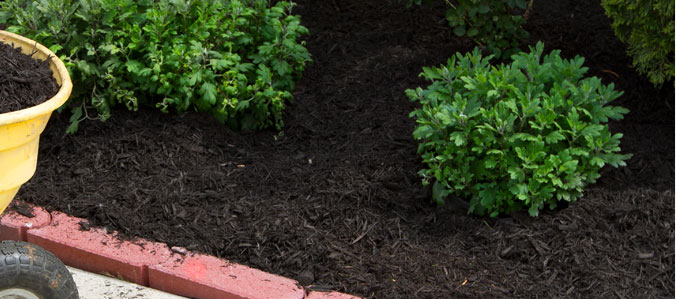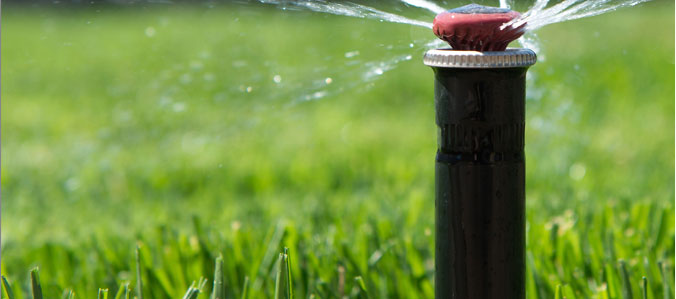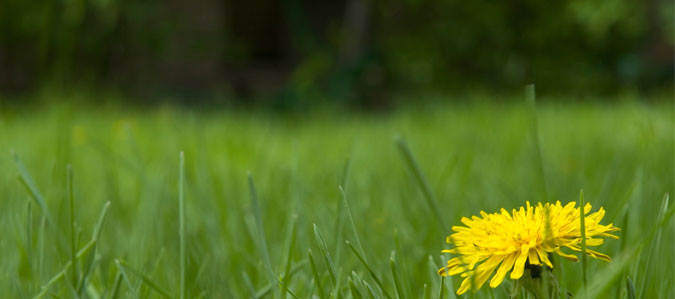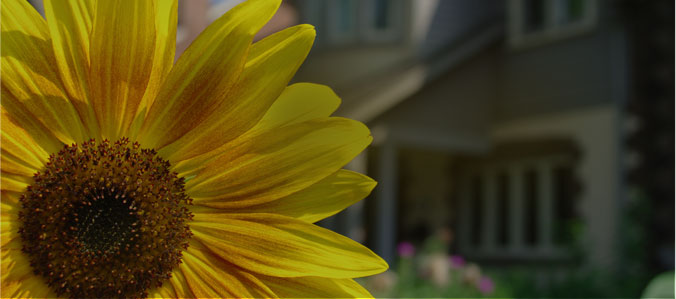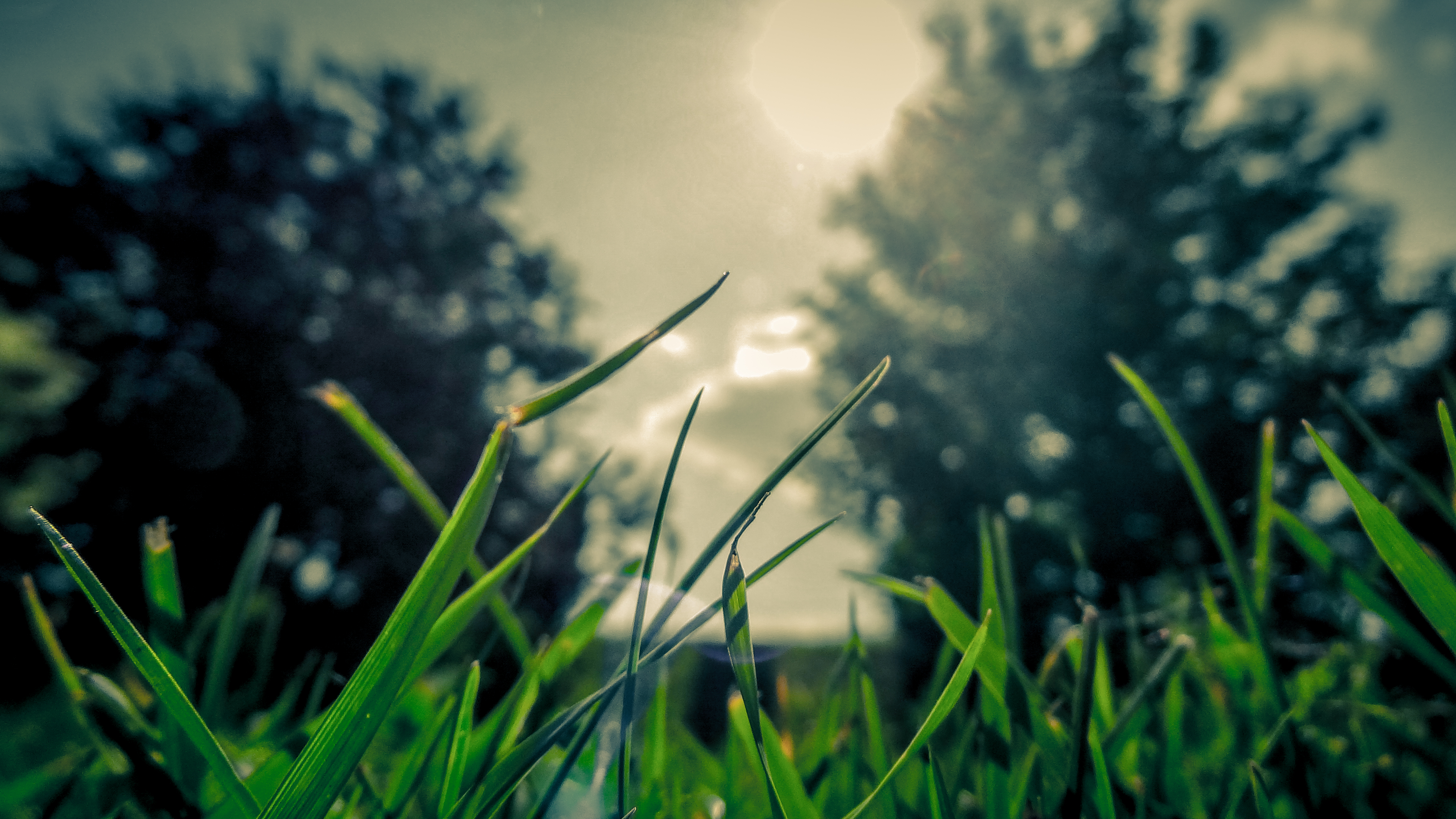What Is Snow Mold — And How Can You Remove It?
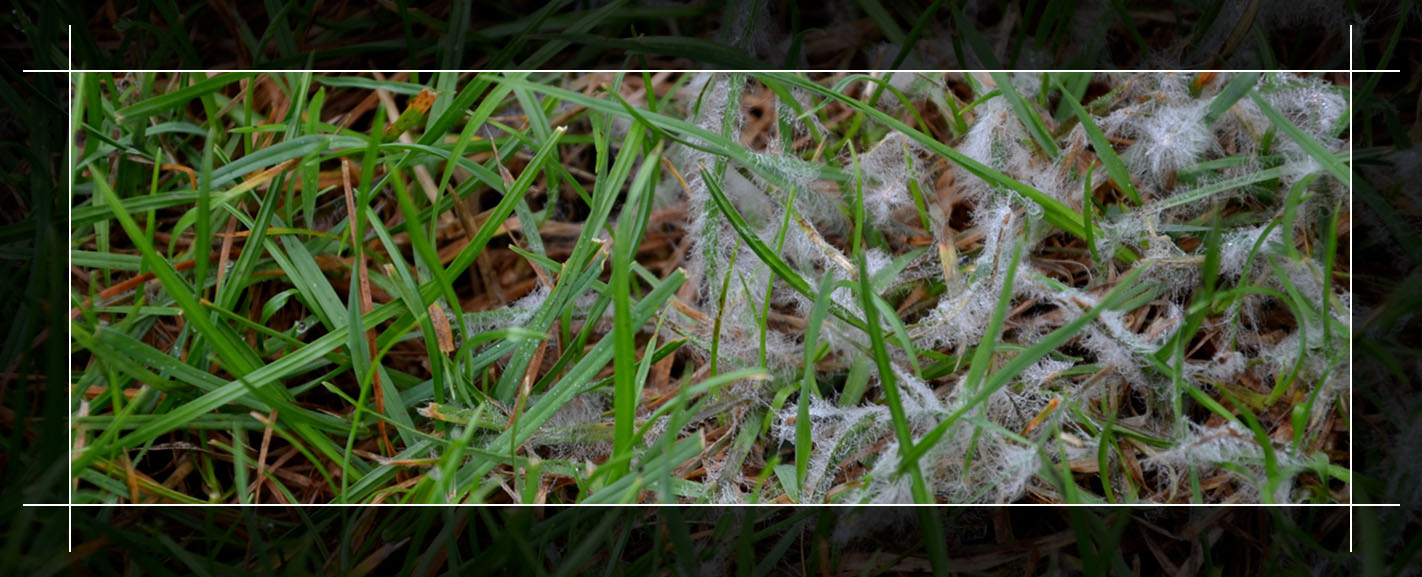
Maintaining a healthy lawn throughout the winter helps ensure growth throughout the year. Preventing and treating snow mold is one of the best ways to keep your yard healthy and beautiful year-round.
What Is Snow Mold?
Snow mold is the result of a fungus that resembles snow, and it occurs when temperatures start to rise as winter ends. Spores start to spread when temperatures are between 32 and 45 degrees Fahrenheit and snow is melting and soaking the ground. You might see the mold itself or just notice the straw-colored grass where the infection occurred.
Snow mold may appear in two different forms. One is white or grayish-white, and the other is whiteish-pink. While both cause dead grass patches, the pink version is more serious because it can kill the grassroots. It also stays active in up to 60-degree temperatures.
How to Get Rid of Snow Mold on Grass
Once you see snow mold, it has already infected the grass and will create dead patches. However, you can treat the results of the disease. To fix the dead patches, try:
- Raking the area gently.
- Laying new grass seed.
- Waiting for it to grow.
Depending on whether you have gray or pink snow mold, you may not need to plant new grass seed. Grass killed by gray mold should recover with fertilization and mowing throughout the spring. Fungicide is not a common treatment for snow mold except in extreme cases.
How to Prevent Snow Mold
You can take some preventive steps to stop snow mold from occurring in your yard. Before the first snow, consider:
- Detaching: A lawn’s thatch layer can be a breeding ground for snow mold. Ensure yours measures three-quarters of an inch or less to decrease the likelihood of infection.
- Mowing: Cut the grass to a shorter-than-usual length when you mow for the last time before winter. You want to go about an inch shorter than typical without scalping your lawn.
- Applying fungicide: If you get an infestation of snow mold most years, using a preventative fungicide can be a good choice. Apply it after your last mow of the year and before the first large snowfall.
- Raking: Avoid allowing leaves to pile up on your lawn during the fall. Rake them and throw them out or use a mower to turn them into mulch.
Let Ricci’s Landscape Management Help You Prevent and Treat Snow Mold
Preventing and treating snow mold will help ensure your lawn looks green and fresh for the rest of the year. At Ricci’s Landscape Management, we provide lawn services that keep your property healthy year-round. Contact us today to learn more about our landscaping services!

